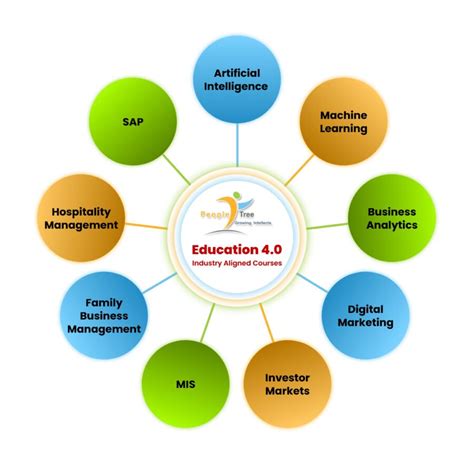The Digital Revolution: How Artificial Intelligence, Non-Fungible Tokens, and Emerging Art Forms Are Redefining the Creative Process
In recent years, technological advances have transformed the way art is created, interacted with, and appreciated. The digital revolution has given rise to new forms of expression, innovative tools, and a more democratic creative environment. At the forefront of this shift are artificial intelligence (AI), non-fungible tokens (NFTs), and emerging art forms that are redefining the boundaries of creativity.
Artificial Intelligence: A New Tool for Artists
The emergence of AI has opened up new opportunities for artists to explore and experiment with digital tools. From generative music composition to advanced painting techniques, AI-powered software can help artists create complex, innovative works. For example, algorithms like DeepDream and Prisma have been used to create surreal images that blend human and machine-generated content.
AI is also enabling the creation of interactive installations where users can engage with digital art in real time. For example, Microsoft‚Äôs ‚ÄúMachine Learning‚ÄĚ (ML) platform uses neural networks to analyze patterns and create personalized recommendations, while the AI-powered ‚ÄúAIVA‚ÄĚ tool allows artists to generate original music based on user input.
Non-fungible tokens: a new currency for creative assets

NFTs have revolutionized the way we think about the ownership and value of digital art. Unlike traditional physical artworks, NFTs are unique digital assets that represent a specific object or collectible. This has created a new marketplace for rare and limited edition digital artworks where collectors can buy, sell, and trade with others.
Artists like Beeple, a pioneering digital artist, have leveraged the NFT space to create complex, multi-token compositions that blur the lines between ownership and value. These tokens also provide an additional layer of security and transparency, as they are stored on blockchain platforms and controlled by decentralized networks.
Emerging Art Forms: The Fusion of Human and Machine Creativity
As AI continues to advance, new art forms are emerging that combine human creativity with machine tools. For example, ‚ÄúDigital Sculpture‚ÄĚ has created a new style in which artists use AI algorithms to create 3D models of sculptures, which can then be interacted with using VR/AR technology.
Another innovative form is ‚Äúcollaborative art,‚ÄĚ where multiple humans and machines work together to create original works of art. This approach allows for the creation of complex, multi-layered artworks that reflect the diverse perspectives and skills of their collaborators.
The Future of Creativity: AI, NFTs, and Emerging Art Forms
The digital revolution has opened a Pandora’s box of creative expression. As artificial intelligence, blockchain technology, and emerging art forms continue to advance, we can expect new and exciting innovations that will redefine the boundaries of creativity.
Artists, collectors, and enthusiasts are already embracing these new technologies, and their impact is being felt across industries ranging from music and film to fashion and interior design.
As we look to the future, it’s clear that artificial intelligence, NFTs, and emerging art forms will continue to shape the creative landscape. By embracing these technologies and pushing the boundaries of human creativity, we can explore new possibilities for artistic expression, innovation, and collaboration.
Sources:
- Microsoft. (2020). AIVA.
- Beeple. (2020). “Beeple’s NFT Collection.”
- Wired Magazine. (2019). The Rise of Non-Fungible Tokens in the Art World.
- Forbes. (2020). Digital Sculpture and 3D Models Generated by Artificial Intelligence.








